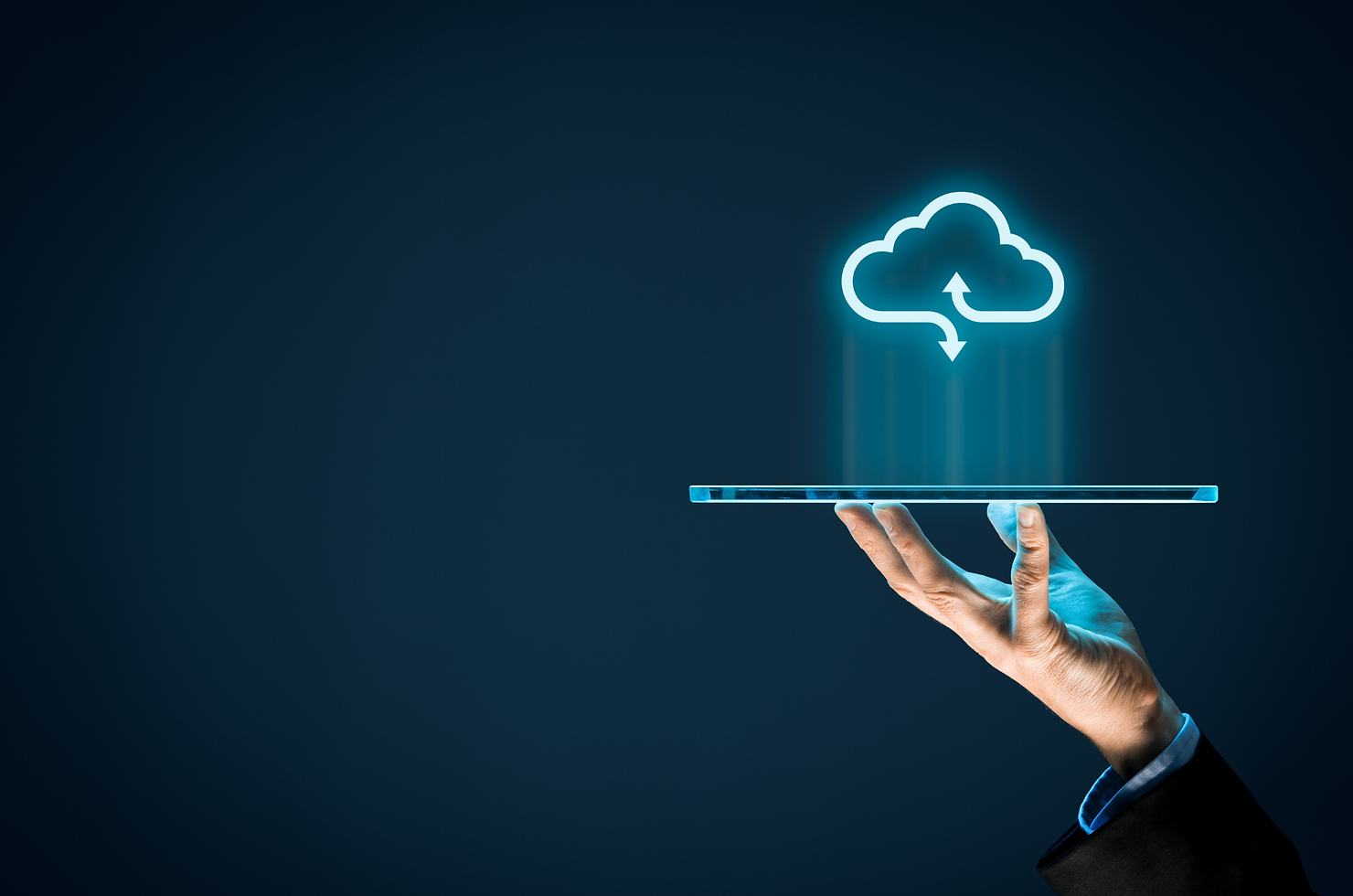Previous
Signs That Your Systems May Have Been Compromised
Remaining efficient even after the pandemic
Cloud computing has become a practical necessity for businesses, allowing them to scale operations outside of the constraints of local hardware. Since its inception, it has changed the way IT professionals work and has brought about a fundamental shift in how managers think about business and the global workspace.
As nations navigated the limitations and uncertainty caused by the global pandemic, small, medium, and large businesses alike found themselves relying heavily on remote work. Companies that already had systems in place (IaaS, PaaS, SaaS, etc.) found the transition unchallenging because it only required expanding and updating existing policies and procedures.
As more job roles and processes are redefined for remote work and work-from-home (WFH) environments, IT departments are relying on collaboration tools like Microsoft Teams, Slack, and Asana, which begs the question, "How do you conduct your IT administration remotely efficiently and securely?" Here are some considerations to facilitate an effective information strategy that enables efficient and secure remote management.
Except for video conferencing, face-to-face communication is only possible in an office setting. Access to colleagues, which was once possible while working in an office, has been significantly reduced, and it is now more challenging to obtain a person's time. WFH has created virtual communication silos, isolating co-workers in scheduled, invite-only meetings and short conversations turn into Teams, Slack, or WhatsApp messages that you may not see immediately. It also makes specific troubleshooting tasks significantly more difficult. People would walk to IT for a
solution if they were in the office, but because the system in question is at a remote location, it requires more coordination of effort if physical access to the system is needed. Administration of user systems has also become a challenge where physical repair is needed. Logistics of returning a system for repair will require an inventory of temporary systems for employees to utilize in these scenarios. Other cloud-enabled methods will include the use of Virtual Desktop Instance (VDI) to minimize downtime.
It is essential to improve education etiquette for how persons operate and handle their company devices remotely. As more people choose to work remotely rather than in the office, the possibility of destruction of devices increases, as does the frequency of destruction.
It is also more difficult for large organisations or businesses with a growing team to constantly monitor all troubleshooting activities. One solution would be implementing a Service Desk to control, gauge and monitor all IT administrative efforts.
Businesses that were already using the cloud prior to the pandemic may not see many operational changes. Most would already have mobile device management (MDM) solutions and may only have purchased additional licenses for other systems to keep them separate. These controls should be continuously reviewed and configured to ensure that they can achieve the functionalities aligned with company policies for Data Privacy and Security Posture.
Where there are no established task tracking measures (such as scrum meetings) in place or a culture that encourages frequent updates on deliverables. In that case, you could implement solutions to track/monitor usage on employee systems. These solutions will track the amount of time a system is in use (uptime), the applications used, and the device's location.
The level of risk that your organisation faces is directly proportional to the strength of its security posture. In a world where sensitive data is constantly at risk of being compromised, it is critical to ensure that the processes necessary to protect your applications and business from vulnerabilities and threats are in place. To understand and improve your security posture, you must first analyse your current security posture, identify potential gaps, and then close those gaps.
Define access levels: Deploy group policies based on department and what each needs to access. Authentication and accessibility should only be granted to the things that they require to for their role.
Define data access: Who has the authority to change records retention policies? Who has access to search for and extract public or private messages? Who oversees data loss prevention management?
Data classification: This is important, not just for the end-user system but also for the entire organisation. Data should be classified based on confidentiality, integrity, and at what level: whether it's highly confidential, confidential, or generic information that would have no impact on the organisation if it was seen or lost. You should also define your approach to detecting and responding to instances of sensitive data sharing in the workplace.
Authentication: Implement the use of two-factor authentication on all systems.
Centralisation: Employ various solutions to ensure that the systems are monitored by a centralised service (typically your active directory). When it comes to remote work, you should probably have your active directory deployed to the cloud for easier authentication.
Organisations rarely have a single cloud environment, but rather several that address various data, application, platform and infrastructure requirements. Businesses should centralise multi-cloud procurement, deployment, and management. This ensures that a company's security policies and compliance regulations are adhered to and enforced.
As the world recovers from the global pandemic and lockdowns, as we engage in the free movement of people, as we once again redefine our 'new normal', will you encourage your organisation to move towards having persons coming in? Or will you continue to expand on measures to improve efficiency and security from a remote perspective? More importantly, are you doing enough to ensure the perpetual progression in improving your IT infrastructure?
Symptai's Cloud Security Assessment boosts the security of your public clouds by identifying threats caused by misconfigurations, unwarranted access, and non-standard deployments.